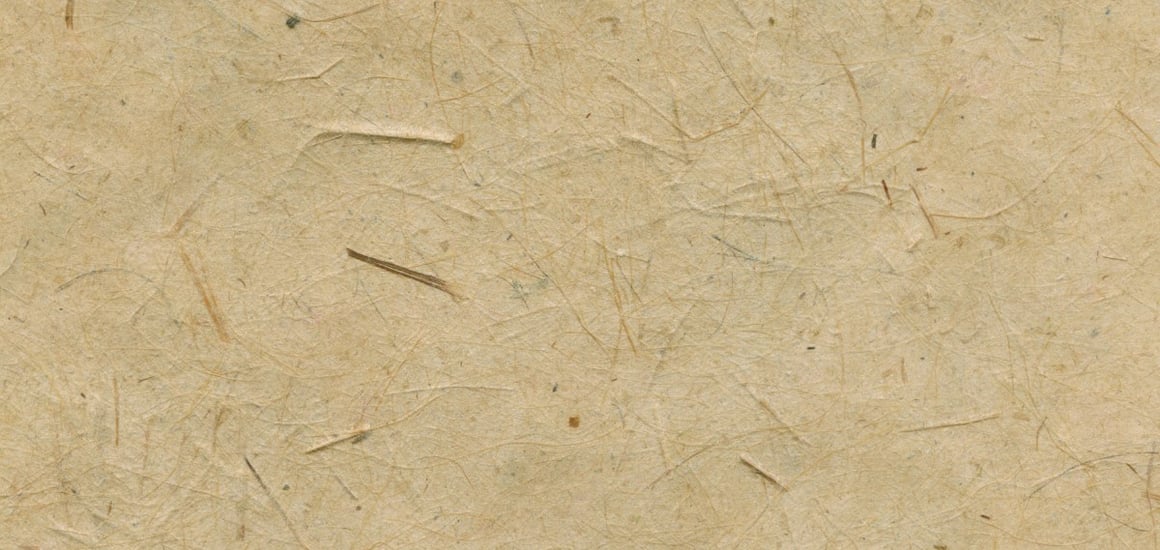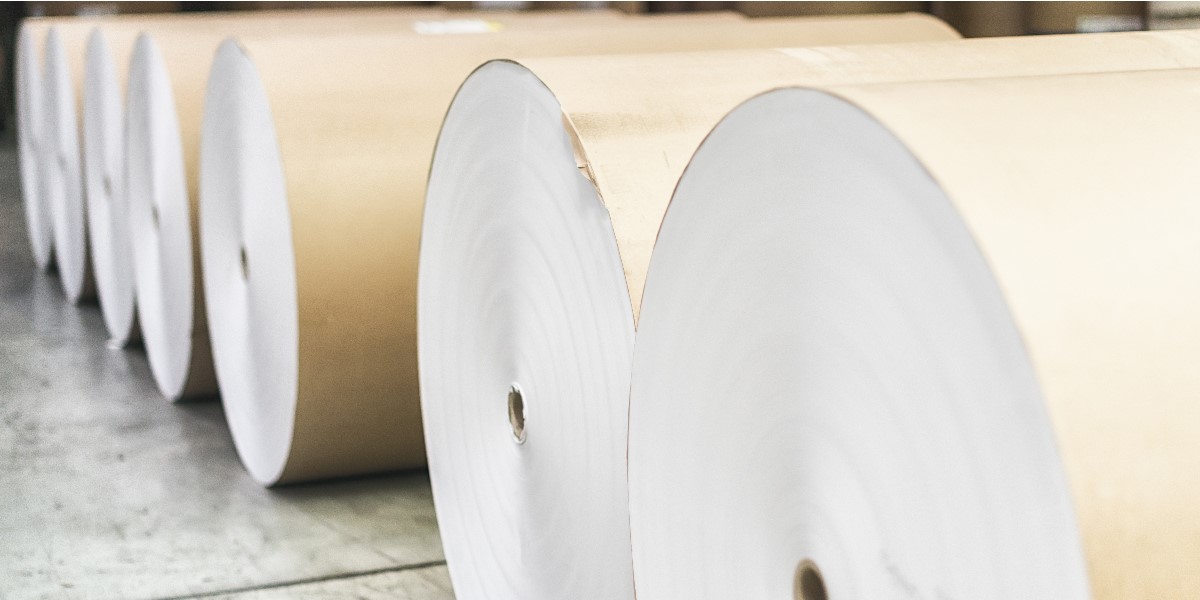Print is unique amongst all other forms of communication in that it is textural as well as visual. Both the “look” and the “feel” are benefits of print.
Paper selection is one of the most important aspects to consider when designing and producing a printed piece. Paper selection can have a profound affect on the finished quality of a job, and yet it is often overlooked. Paper selection is not as easy as choosing the most expensive paper available for high quality jobs, or choosing the cheapest paper in order to cut costs. By remembering a few important steps you can ensure that right paper is being used for your job and learn how to choose the right paper.
Color and Brightness
When it comes to color, there is more to choose from than just white. Paper manufacturers offer a full range of choices such as blue white, soft white and natural white, to name a few. Paper color can have a great affect on the finished quality and feel of a printed piece, so it is important to consider the end use. If a piece contains a lot of text it may be prudent to choose warmer white as it is offers enhanced readability, whereas a piece with a lot of color may be well suited to a blue white due to its’ high brightness. Remember also that color will be affected by shade of white you choose. While a blue white will help color stand out, it will have the effect of “graying” warm colors such as skin tones – colors that are better suited for warm white papers.
Paper mills grade paper based on brightness with Grade 1 being the brightest level and Grade 5 being the least bright. Brighter sheets are more expensive due to the fillers and chemicals, such as fluorescent dyes and optical brighteners. While it may be tempting to spend extra for these whiter sheets, it is important to remember that these additives in paper can have a negative affect on paper stability and press runability.

Texture
The texture of paper can add a unique personality to any job. A high gloss, smooth paper will have a completely different feel from an uncoated rough paper. Consider the feeling you wish to convey. A high-quality marketing piece has a different feel than a wedding invitation. By utilizing different textures you can successfully convey those varying feelings. Many mills offer specialty finishes such as leather or satin that can add a nice touch to any job.
Weight
Paper weight is based on the weight of one ream (500 sheets) at basic size, which will vary depending on the type of paper. For example; 20 pound Bond paper means that 500 sheets of 17” x 22” bond paper will weigh 20 lbs, whereas 80 pound Cover paper means that 500 sheets of 20” x 26” will weigh 80 pounds
Paper weight is directly related to opacity. Heavy paper will allow for much less “see through.” If a job is going to be printed on both sides with lots of dark solids, it is advantageous to choose a heavier, thicker stock. Remember though that paper is sold by the pound, so a heavier sheet will cost more, all other things being equal. Heavier stocks may also lead to some complications in post-press operations (bindery).
Heavier stock can also be a liability if a job is to be mailed. One way to reduce weight while maintaining thickness is to chose an uncoated stock. Coatings consist of clay that can increase the overall weight of paper.
If you want to learn more about how Paper Weights work, you can check out our post on that topic.
Thinking Green
In keeping with recent trends and an increasing environmental consciousness, many pieces are now being designed to highlight their “green” aspects. The most visible way to accomplish this is by choosing recycled paper.
The EPA sets minimum requirements for recycled paper: 30% post consumer waste for uncoated papers, and 10% for coated stocks. Many mills will now offer paper that will exceed these minimum standards and contain greater percentages of post consumer waste fiber.
Another way to utilize more environmentally friendly paper is by choosing paper that has been bleached using eco-friendly methods. In the past chlorine gas was used to bleach paper, allowing carcinogenic dioxins to be released. Paper mills now use an oxygen substitute for bleaching. Another choice would be to use paper that is completely unbleached, or Totally Chlorine Free (TCF).
You can learn more about how different papers are made by checking out our post on that topic.
Production and End Use
Not all paper runs equally on press. Your printer will have specific knowledge and experience with different stocks and will be able to offer valuable insight. Environmental conditions, press conditions, and qualities of the actual paper stock can all have a profound impact on the finished quality of a printed piece.
It is important to make sure that the stock chosen will not cause difficulty for post press operations. If a specialty finishing technique, like a foil stamp is called for, make sure that the paper chosen can accommodate this type of finish. Coated stocks can be especially difficult in this area. Thick stocks can cause a lot of headaches for folding. Most commonly “cracking” will occur, especially if a fold has to be made against grain direction. In some cases scoring or other preventative measures must be taken, adding time and labor to the completion of the job.
Other things to consider are the end use of the project. If the piece is going to be handled and receive a lot of use and abuse it is important to choose a durable paper. If the piece is going to be largely ignored, like a direct marketing piece that may only be viewed by a small percentage of its’ intended audience, then money can be saved by using a weaker paper. If the piece is designed to be written on, it would be unwise to choose a high gloss paper as most pens have a very difficult time writing on this type of paper. Environmental factors and longevity of the piece are other areas to be considered when selecting a paper.
Many customers and designers may feel overwhelmed by the multitude of paper available to them. Speak to your supplier or printer for suggestions on what stock to choose. Just because you think a certain stock may look nice, it may not be the best selection due to the factors discussed above. Ultimately, remember that paper choice can have a huge impact on the finished quality of any printed piece.
To learn more about the history of paper, you can follow this link and read our post about that topic. Or if you would like to get some expert advice, go ahead and hit that "Talk to an Expert" button below. Thanks for reading!



